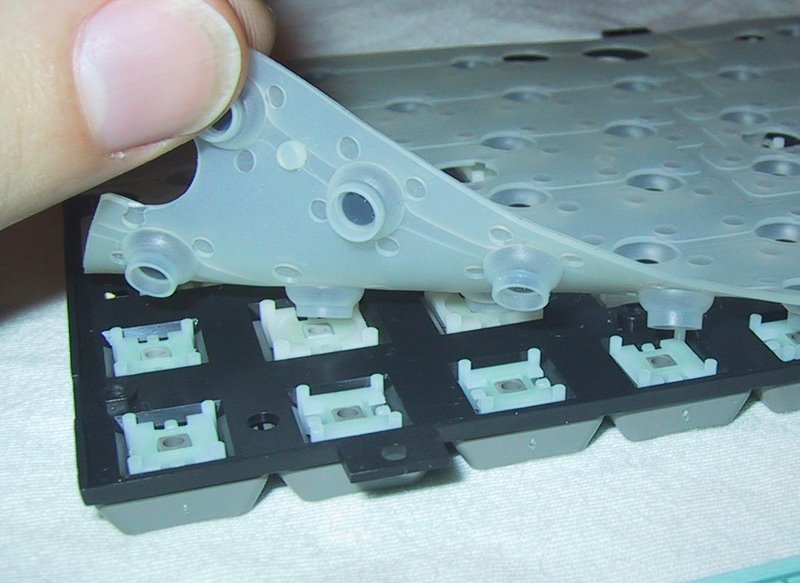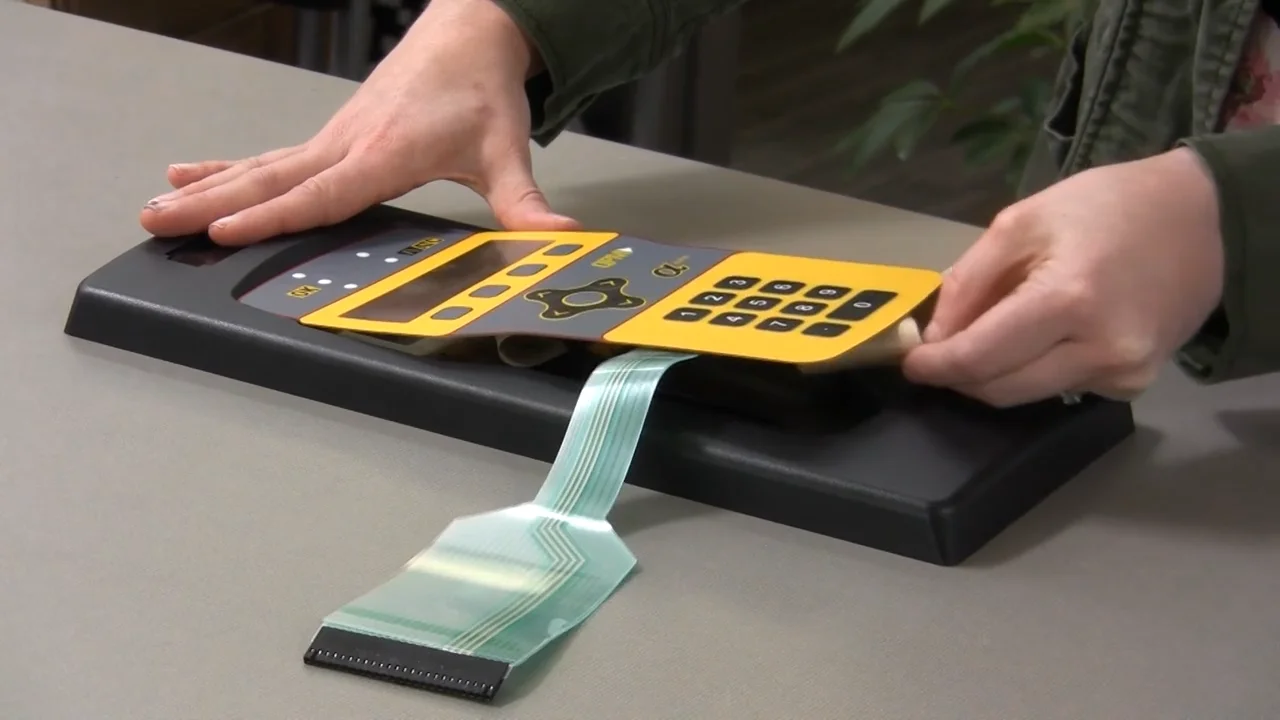Why Picking the Right Membrane Switch Is Important for Your Item Style
Why Picking the Right Membrane Switch Is Important for Your Item Style
Blog Article
Understanding the Capability of Membrane Layer Changes for Interface Devices
The capability of membrane layer switches represents a considerable improvement in individual interface design, incorporating effectiveness with aesthetic flexibility. These switches run through a multi-layered framework that equates user communications into electrical signals, permitting for both small layouts and durability against ecological aspects. As markets progressively prioritize user experience, recognizing the subtleties of membrane button technology becomes vital. What implications do these improvements hold for future applications, and how might they redefine customer interactions throughout different gadgets?
What Are Membrane Switches?
Membrane layer buttons are innovative user interface tools that promote user interaction with electronic tools. These functional components contain numerous layers, consisting of a graphic overlay, spacer, and a printed circuit layer. The design enables a seamless integration into various electronic devices, improving both the visual and practical facets of interface.
Membrane layer buttons are commonly employed in a vast array of applications, from household appliances to industrial equipment and clinical tools. Their building and construction typically features a thin profile, making them a suitable option for small designs. The tactile responses supplied by these buttons can be engineered to meet specific customer choices, making sure efficient interaction in between the individual and the gadget.
Sturdiness is one more significant benefit of membrane layer buttons, as they are immune to dust, dampness, and chemicals, which improves their life expectancy popular environments. In addition, these buttons can be personalized in terms of form, size, and visuals style, permitting branding and user-specific functions. In general, membrane switches over represent a practical option for improving individual experience in electronic tools, integrating performance with aesthetic charm in an efficient fashion.
How Membrane Switches Over Work
Operating on a simple concept, membrane layer switches use a layered building to register individual input properly. Each switch includes multiple layers, consisting of a printed circuit layer, a spacer layer, and a top visuals layer, which are developed to interact effortlessly. When an individual presses the leading layer, it compresses the spacer layer, bringing the conductive aspects of the circuit layer into contact with each various other.
This contact produces a shut circuit, indicating the tool to perform a certain feature. The design permits for different arrangements, including tactile responses, which can enhance the individual experience by supplying a physical feeling upon activation. The materials utilized in membrane switches frequently include adaptable substrates, such as polyester or polycarbonate, which guarantee resilience and durability versus damage.

Secret Advantages of Membrane Layer Switches

One more significant advantage is their compactness. Recommended Site Membrane layer switches are thin and lightweight, which enables suppliers to save area in their tools without giving up capability. This function is specifically advantageous in applications where weight and quantity are essential factors to consider.
Furthermore, membrane layer switches are immune to dust, moisture, and chemicals, boosting their durability. This resilience prolongs their lifespan and lowers the demand for constant replacements, resulting in price financial savings over time.
Moreover, the tactile comments offered by membrane switches can be maximized to improve user communication. They can include features such as increased switches or distinct clicks, improving functionality and user experience.
Applications Throughout Industries
Interface gadgets making use of membrane switches prevail in a broad array of markets, showcasing their adaptability and performance. Membrane Switch. In the medical sector, membrane switches are indispensable to tools such as diagnostic equipment and person monitoring systems, where their longevity and ease of cleansing are important for maintaining health standards. In the automobile market, these switches are utilized in dashboard controls and infomercial systems, offering a streamlined and modern-day interface for individuals.
Furthermore, the customer electronics industry advantages from membrane switches in appliances and portable gadgets, where portable layout and user-friendly user interfaces boost individual experience. Industrial applications also take advantage of membrane layer changes for control board in machinery and automation systems, stressing their toughness and resistance to severe environments.
In the aerospace and defense industries, membrane buttons are made use of in cabin controls and equipment, where integrity and performance under extreme conditions are extremely important. Furthermore, the video gaming industry increasingly incorporates membrane switches in controllers and arcade devices, adding to an appealing individual experience. In general, the adaptability of membrane switches over allows their prevalent usage throughout many markets, highlighting pop over here their significance in modern-day individual interface design.
Future Trends in Membrane Layer Change Technology

In addition, making use of advanced products, such as polycarbonate and polyester movies, is expected to climb, supplying boosted toughness and resistance to ecological stressors. These materials add to the total long life of membrane buttons, making them suitable for harsher commercial applications.
Furthermore, the incorporation of clever modern technology, consisting of IoT connection, will certainly allow membrane switches to connect with other tools and systems, helping with a much more interactive individual experience. This fad aligns with the expanding need for wise gadgets across different markets, from medical care to customer electronics.
Finally, personalization options are prepared for to increase, enabling suppliers to create bespoke services customized to particular individual demands and preferences. These developments will place membrane buttons as crucial components in the evolution of interface technology.
Conclusion
To conclude, membrane switches stand for a pivotal development in interface technology, providing a trustworthy and versatile remedy for varied electronic applications. Their split building and construction promotes small style, while functions such as tactile responses boost individual interaction. The toughness against environmental factors even more strengthens their energy throughout numerous industries. As improvements in product scientific research and touch sensing modern technologies continue, the capability and applicability of membrane buttons are anticipated to increase, reinforcing their significance in modern electronic devices.
Report this page